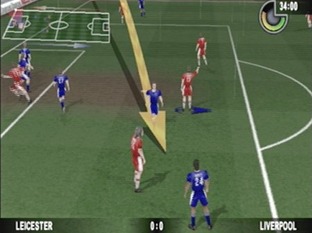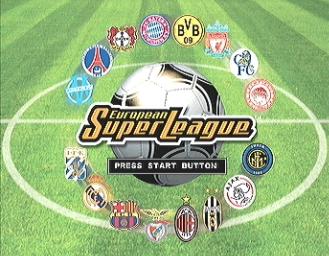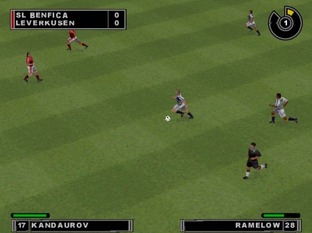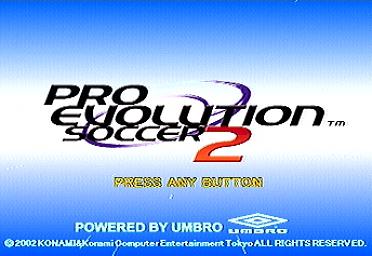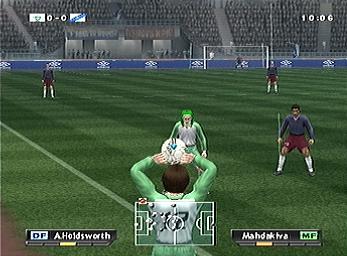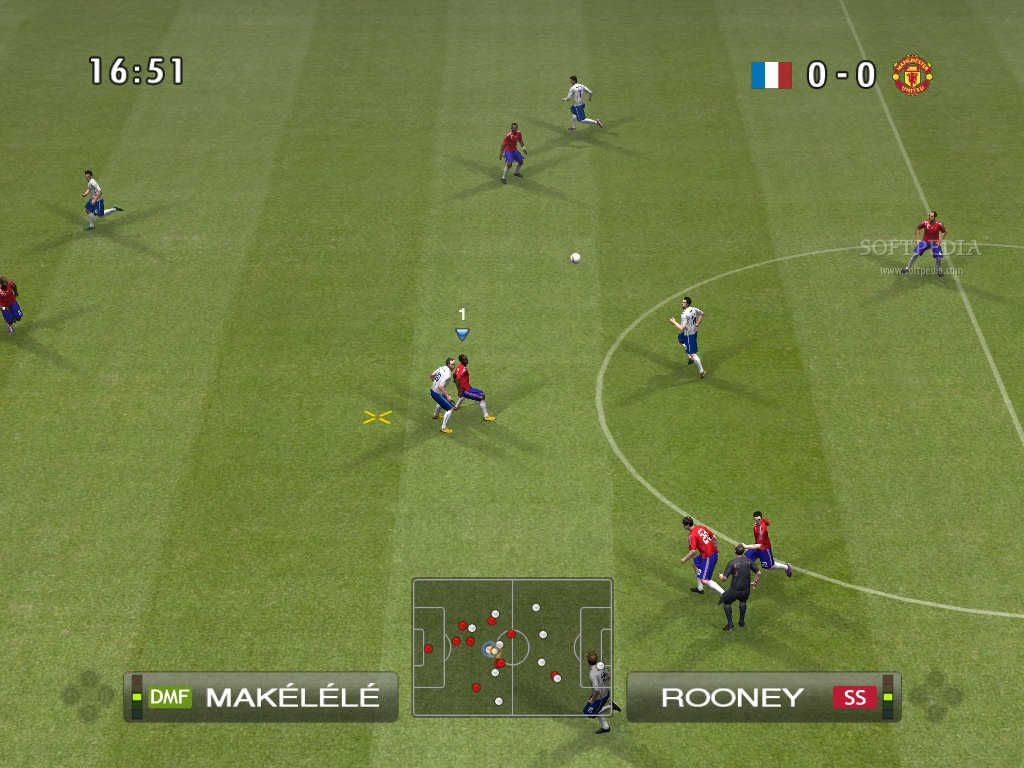Having received 8 football games today, I decided that now might be a good time to do a review which I've been planning for a while. In total I'll be looking at 14 football games, with a short review on each, since anything too long would be boring and take up a lot of space. To help conpensate for this, I've got a little introduction below on what I'd like to see in each game, and how I'll be rating them.
What do I look for when playing a football game? Usually its controls that are easy to pick up with the option to do more advanced moves if I so wish. Realism is a plus; official licenses are good, but free flowing, good looking football that plays well is the ultimate goal. Different modes and competitions are a plus, also with things like Master League mode in PES providing more fun to gameplay. Commentary and other such features also weigh into the game, as well as sound effects and overall it's the combination of these factors that determines whether a game is good, or not.
When rating a game, I'll give it a score in these categories before giving it an overall score; Controls, Graphics, Gameplay, Sound, AI, Teams Featured.
Game: World Cup Italia '90
Console: Sega Mega Drive
Developer: Sega/Mastertronic
Release Date: 1990
Included on the first Mega Games compilation for Mega Drive, World Cup Italia '90 is played from an overhead perspective, and features all the teams from the 1990 World Football Cup, playing in the group matches they would have done in the real event. Graphically there's not much to say, as it's fairly poor, with very basic blobs for players and a generic picture displayed when a goal is scored. Controlwise, its very simple with the D-pad and just 2 other buttons, but it doesn't play particularly well and is very hard to win against the computer when you first play. There's no difficulty options, and Exhibition matches or a full world cup are the only options for gameplay modes. Time counts up very slowly in the game, adding to the tedium of it overall, and the sound effects are something like moving a waterbed every time the ball is kicked. Music plays throughout the match which does somewhat distract from the sound effects, but isn't very realistic in terms of simulating football.

Controls: 6.3/10
Graphics: 3.5/10
Gameplay: 2.1/10
Sound: 1.2/10
AI: 4.5/10
Teams Featured: 6.6/10
Overall, this isn't a great football game, and although it must have been hard to program a football game given the time and hardware, it could have been more responsive and sounded better, with better AI and gameplay. There's a decent amount of international teams featured but only due to pasting the world cup schedule into the game.
Rating: 32/100
Grade: E
Game: Sega World Wide Soccer 2000
Console: Sega Dreamcast
Developer: Silicon Dreams
Release Date: 1st December 1999
The Sega World Wide Soccer franchise began on the Saturn, with only 2 titles coming to Dreamcast. The first of these was this game, featuring national and club teams from all over the world, able to compete in leagues and tournaments with various adjustable options. The controls are pretty good, with skill moves included alongside decent pass and tackle controls, although slide tackling seems to work better than any other type in the game. Due to the this the game often plays quite physically, with a lot of tackling in matches as opposed to passing, and goalscoring is fairly easy but not too easy.
Sometimes the game can be a little glitchy, on a short run with it I managed to encounter a disappearing goalkeeper glitch as well as a complete game crash. Soundwise, the game has nice crowd and commentary sounds even if some of the comments can be a little redundant at times. The one and only soundclip used for slide tackles isn't great and by the end of a few games you'll probably never want to hear it again. Graphically the game isn't great, its somewhat blocky and characters aren't well defined.
Controls: 7.6/10
Graphics: 6.5/10
Gameplay: 7.7/10
Sound: 5.8/10
AI: 7.2/10
Teams Featured: 8.8/10
Overall it's an entirely playable effort at a football game that gets easy once you realise techniques to keep the ball from being touched by the opponent, and to score from most opportunities. This makes its replay value plummet somewhat but with a good choice of teams and decent gameplay it wasn't the worst thing to come out for the Dreamcast.
Rating: 54/100
Grade: D
Game: UEFA Striker
Console: Sega Dreamcast
Developer: Infogrammes
Release Date: 31st May 2000
UEFA Striker has a slight graphical improvements on 1999's SWWS game, but the gamplay suffers somewhat from a slightly broken ball possession system. Overall it feels loose and as if the player isn't quite in control. Also when the computer controls your teammates, it's hard to successfully locate a pass forward without having the opposing team steal the ball. There is a training mode where you can attempt to better your play, but there's only a certain degree of polishing you're able to do before the control system gets in the way.
There a decent choice of modes and teams, although there's no international teams or ones outside of Europe. Scoring in the game is another thing that doesn't feel quite right, unless you get very close to the goal, the only way to find the back of the net is to cross a pass in, and have a player shoot it into the goal. The goalkeepers seem to have immense skill to save any other type of shot to come at the them, and so this makes it somewhat less realistic.
Controls: 4.5/10
Graphics: 6.9/10
Gameplay: 6.4/10
Sound: 3.3/10
AI: 6.5/10
Teams Featured: 6.8/10
With fairly boring commentary and only graphical improvements to praise, this game doesn't rate too highly on my list of Dreamcast soccer games, let alone ones on any system. The detail on player's faces and kits is still pretty low and generic, and the AI only plays well because it doesn't have to master the control system. Sega Worldwide Soccer plays better than this, if only because you can make players do what you want them to, and not have a difficult time scoring a goal.
Rating: 48/100
Grade: D
Game: European Super League
Console: Sega Dreamcast
Developer: Virgin Interactive
Release Date: 3rd March 2001
European Super League features 16 of the best European teams (at the time anyway), which isn't many for a football game. There's also no commentary whatsoever, and only a few game modes (although that's to be expected with that many teams). The football itself doesn't play too badly, with decent controls and moves although its a little too easy to spin past opposing players with skill moves and scoring doesn't take too much effort. Graphically the game could be more impressive and the fans definitely just look like a blur in the stands instead of even people from a distance.
The action becomes somewhat boring without commentary or much AI challenge and without a great deal of teams or competitions to choose from, there's little replay value. One of the worst Dreamcast soccer games in my opinion, it doesn't have much new to offer and the Super League gimmick feels uninspired.
Controls: 6.7/10
Graphics: 5.6/10
Gameplay: 6.5/10
Sound: 2.0/10
AI: 5.4/10
Teams Featured: 3.5/10
Rating: 42/100
Grade: E
Game: 90 Minutes: Sega Championship Football
Console: Sega Dreamcast
Developer: Smilebit/Sega
Release Date: 25th October 2001
The latest Dreamcast football game I own comes from Smilebit, the division of Sega that brought us Jet Set Radio, but the quality isn't even comparable. The main reason the game fails is due to the speed settings in the game; the default game speed is slightly too slow and increasing it makes the game animations look worse and sometimes results in jerky motion and game slowdown. The controls themselves are pretty good, and goalscoring works well, but finding a speed that works is difficult. Some things in game are difficult to do, compared to other games; passing and turning around on the spot don't work well at any speed.
Graphically the game isn't great and sometimes its hard to tell what's going on, especially with the aforementioned speed complaints. The AI is pretty decent also and has adjustable difficulty levels, within its fairly varied game modes which feature licensed national and club teams. 90 Minutes features a single commentator, whose voice clips weren't arranged very well. A lot of the time he'll say "is passing" without mentioning a specific player and vocal redundancies such as "In the first half remaining, there are five minutes of the first half remaining". This does bring the game down somewhat when combined with the aforementioned complaints.
Controls: 7.2/10
Graphics: 5.6/10
Gameplay: 5.8/10
Sound: 4.4/10
AI: 7.5/10
Teams Featured: 8.2/10
With below par graphics, passing, commentary and speed issues, 90 Minutes is hard to enjoy. It seems like it could have played well with a bit of fixing but in the end it was rushed into production at the end of the Dreamcast's commercial lifespan. What is a shame is that such a decently capable console never received a football game that made full use of its capabilities. I could pick up Virtua Striker 2 for Dreamcast but by all reports, that's not much better.
Rating: 44/100
Grade: E
Taking a slight shift from chonological order, I'm now going to look at the PES franchise and FIFA franchise seperately, with the games I have for them.
Game: Pro Evolution Soccer 2
Console: Sony Playstation
Developer: Konami
Release Date: 25th October 2002
The bridge between old and modern football games came about as the PES franchise transferred onto Playstation 2 (as did the FIFA franchise) although the games were still being released on Playstation also at the time. The result of this is a game that looks much less visually pleasing than both its counterpart on Playstation 2, and most of the games released for Dreamcast, which was a next generation console at the time.
The gameplay however surpasses that of the Dreamcast titles in many ways and although it's not quite up to par with later PES titles, its on it way towards being the kind of gameplay we see in PES 4 and 6. There's not a whole lot of teams featured in this game, mainly national sides with a few unliscensed clubs to play against in Master League mode which is a great addition to give it another one over the Dreamcast titles.
Controls: 7.8/10
Graphics: 4.5/10
Gameplay: 7.0/10
Sound: 6.0/10
AI: 8.0/10
Teams Featured: 6.4/10
With slightly unbalanced AI and sparse commentary, PES 2 wasn't the finished article yet but it seems to me that its the nearest thing to modern football games that was around at the time. It's not exactly a joy to play but Master League mode adds a new dimension and makes way for improvements along the way in the next series titles.
Rating: 52/100
Grade: D
Game: Pro Evolution Soccer 4
Console: Sony Playstation 2
Developer: Konami/KCET
Release Date: 1st February 2005
The first game in this review to truly feel as if you're in control of a side playing football, rather than trying to play a flawed football game comes in the form of PES 4 by Konami. That's not to say its perfect, but in the 4 year gap between games I'm reviewing, a lot seems to have changed. For a start, the ball possession mechanic is good, with players usually being able to maneuver the ball around as you ask them to but are still able to lose the ball to good tackles or more skilled players challenges.
There's a good range of teams featured (although PES lost out on most of the licenses to FIFA), and Master League mode is a great addition, allowing you to play through as many seasons as you wish with the same club, or an original club of your choice. The commentary is fairly accurate and good, if a little repetitive and graphically, the game is fairly impressive.
Controls: 8.5/10
Graphics: 7.4/10
Gameplay: 8.8/10
Sound: 7.0/10
AI: 7.9/10
Teams Featured: 8.0/10
In harder difficulty modes, the game will defend much more tightly and at times it feels like it may almost cheat you out of goals, but there's a good amount of unlockables and customisability to this installment of PES, and when added to the good gameplay and graphics, I think it's a very good attempt at a football game.
Rating: 66/100
Grade: C
Game: Pro Evolution Soccer 6
Console: Sony Playstation 2
Developer: Konami
Release Date: 6th February 2007
This game plays a lot like an update of PES4, with slightly better AI and the obvious teamsheet changes from season to season. It also seems that Konami agreed the sharing of some major club licenses. Other than this however, the games play much the same and so I won't be going into too much detail with this one.
Controls: 8.5/10
Graphics: 7.6/10
Gameplay: 8.9/10
Sound: 7.2/10
AI: 8.3/10
Teams Featured: 8.0/10
Rating: 68/100
Grade: C
Game: Pro Evolution Soccer 2008
Console: Sony Playstation 2
Developer: Konami
Release Date: 26th October 2007
Released just 8 months after PES 6, this game feels again like an update of its predecessor. In this installment however, I felt less in control of my players than in the previous two games. A good addition to the series is the World Challenge Mode where you have to complete various challenges against national teams. The other game modes remain basically the same, and obviously there's the updates team rosters.
Graphically there's not much change from PES 6, but the commentary seems to have received a few new phrases which is nice if you play a lot of these games, since you'll have heard basically everything the commentators have to say.
Controls: 8.2/10
Graphics: 7.8/10
Gameplay: 8.5/10
Sound: 7.5/10
AI: 8.2/10
Teams Featured: 7.9/10
Rating: 68/100
Grade: C
Game: Pro Evolution Soccer 2009
Console: Sony Playstation 2
Developer: Konami
Release Date: 17th October 2008
Although apparently there have been updates to the gameplay system, they seem very minor upon playing the game. Most modes have remained the same, with only the addition of "Become a Legend" mode which is the equivalent of FIFA's Be A Pro. Challenge Mode hasn't even changes its victory conditions so you're basically playing last year's mode with this year's teams. Although I didn't expect the game to be massively different and its a bit of a cliche to say that football games are the same year after year, that's basically what PES 2009 offers.
Controls: 8.2/10
Graphics: 7.8/10
Gameplay: 8.5/10
Sound: 7.5/10
AI: 8.2/10
Teams Featured: 7.9/10
Rating: 68/100
Grade: C
Now I'll move onto the FIFA Franchise. I did have a FIFA Street game, and the 2006 World Cup game to review but it turned out that the discs were too scratched to do so.
Game: FIFA 07
Console: Sony Playstation 2
Developer: EA
Release Date: 25th September 2006
EA's game features sharper graphics and better sound than its PES counterpart of the time, but the control system isn't quite as good in my view. While it feels as if you're in complete control with PES, there's a lot of times when I feel FIFA 07 could be better. Modes wise there's a nice manager mode included which puts it a little ahead of the PES series (and saves you buying a football manager game). The choice of modes is a little spartan with a lot of the game revolving around online play.
Overall if you want to feel the football experience, both graphically and soundwise with a large number of licensed teams and leagues to choose from this is a good bet. The gameplay engine does work but when compared to that of Pro Evolution Soccer, I feel there's definite room for improvement.
Controls: 7.5/10
Graphics: 8.9/10
Gameplay: 7.9/10
Sound: 8.0/10
AI: 6.7/10
Teams Featured: 9.2/10
Rating: 63/100
Grade: C
Game: FIFA 08
Console: Sony Playstation 2
Developer: EA
Release Date: 28th September 2007
FIFA 08 has a few notable additions; first of all the new system to switch between players for throw ins and corner kicks works nicely, there's enough control to set up some quite advanced moves, secondly the option to control the goalkeeper in tight spots is another worthwhile addition, and lastly pinpoint passing helps with the feeling of control.
I still don't like the play engine quite as much as that of PES, but this is an improvement that brings the game closer to my opinion of that game. The commentary and graphics remain good, and the selection of teams once again expands for the best realism in a football game.
Controls: 7.9/10
Graphics: 9.0/10
Gameplay: 8.1/10
Sound: 8.2/10
AI: 7.0/10
Teams Featured: 9.3/10
Rating: 64/100
Grade: C
Game: FIFA 09
Console: Sony Playstation 2
Developer: EA
Release Date: 3rd October 2008
FIFA 09 is the first game in this series that for me works better than PES in the controls department, whilst bringing its huge list of licensed teams and leagues to the table. Between FIFA 09 and PES 2009 there's really not much and the two franchises seem to be growing toward eachother in terms of features and gameplay. Keeping it's great crowd and commentary sounds from earlier series games, the AI feels that much smarter and the graphics slightly nicer to gain the lead.
Controls: 8.2/10
Graphics: 9.0/10
Gameplay: 8.6/10
Sound: 8.4/10
AI: 8.1/10
Teams Featured: 9.6/10
With improvements to the gameplay coming every year it was almost inevitable that the FIFA series would overtake PES with it's superior list of licensed teams and competitions. With just one installment of FIFA left to review I'll have to see whether this is the peak of the series or whether their yearly improvements are working toward the perfect simulation of soccer.
Rating: 72/100
Grade: C
Game: FIFA 10
Console: Sony Playstation 2
Developer: EA
Release Date: 2nd October 2009
The final game in this marathon review, and its the best due to its controls, realism, atmosphere and team selection. Basically you can play any type of football you want, with added season mode there's the opportunity to live life as one club for an entire season, without worrying about finances and managerial issues. This, alongside other slight changes tweaks FIFA 10 to make it the best football game I own.
Controls: 8.3/10
Graphics: 9.1/10
Gameplay: 8.8/10
Sound: 8.5/10
AI: 8.5/10
Teams Featured: 9.6/10
Rating: 75/100
Grade: B
So to conclude, although I don't play a great amount of football games, I can see that their yearly releases seem to be heading toward the perfect football experience. My question for EA and Konami is how will they know when they are there? This dynamic seems to be set to continue almost indefinitely and that suggests infinite improvement which is not possible. As for me, I'll stick with FIFA 10, and in a way I can disregard all other football titles as they're worse permutations of this experience.
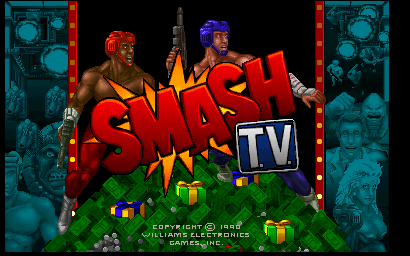







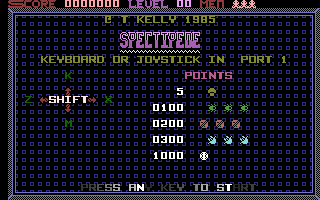
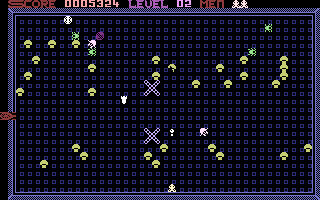
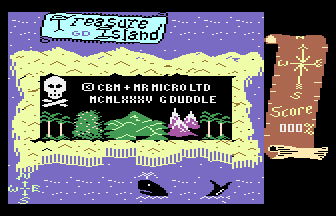
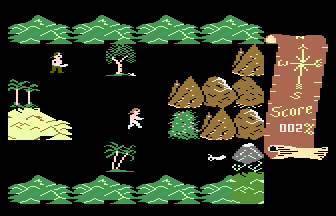
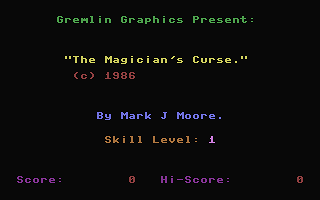
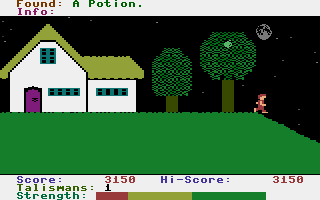
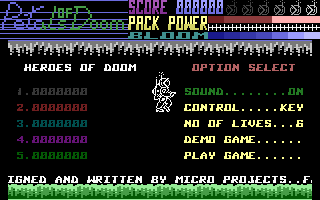
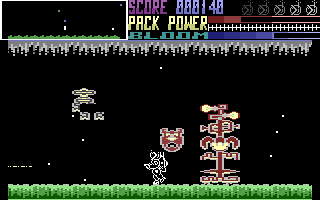
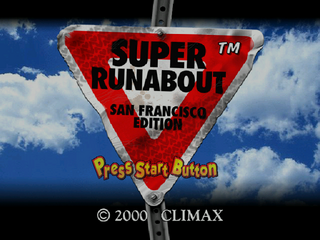



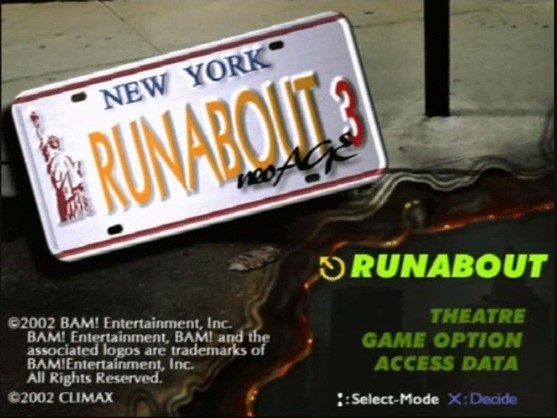





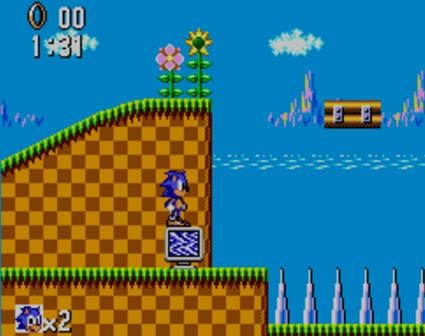

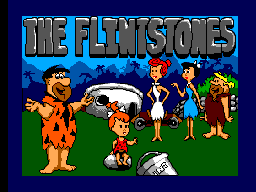

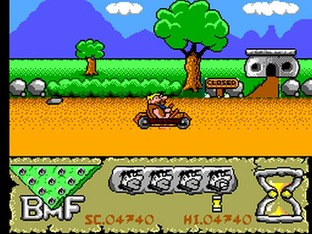

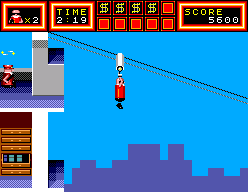
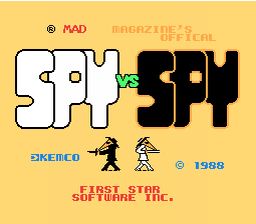
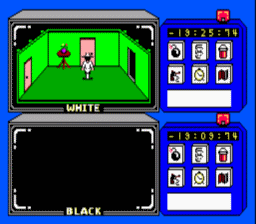

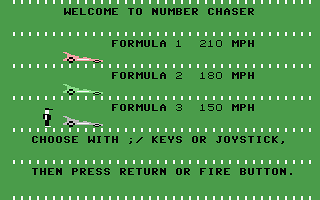
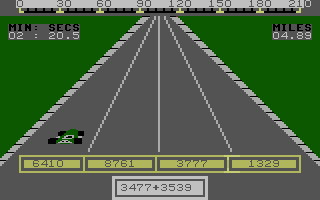
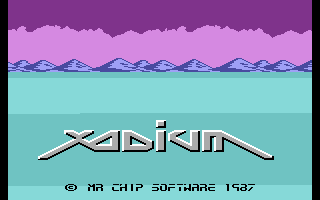
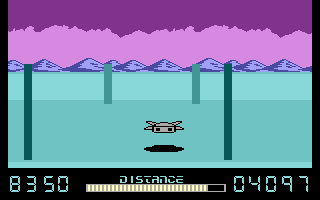
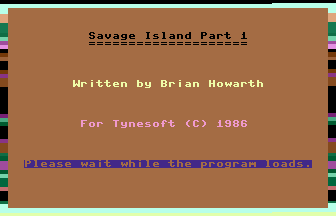
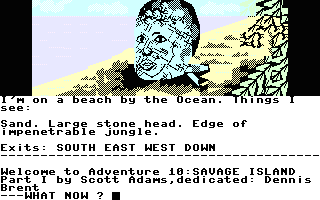
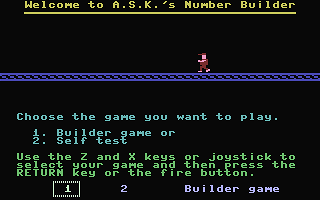





.png)


